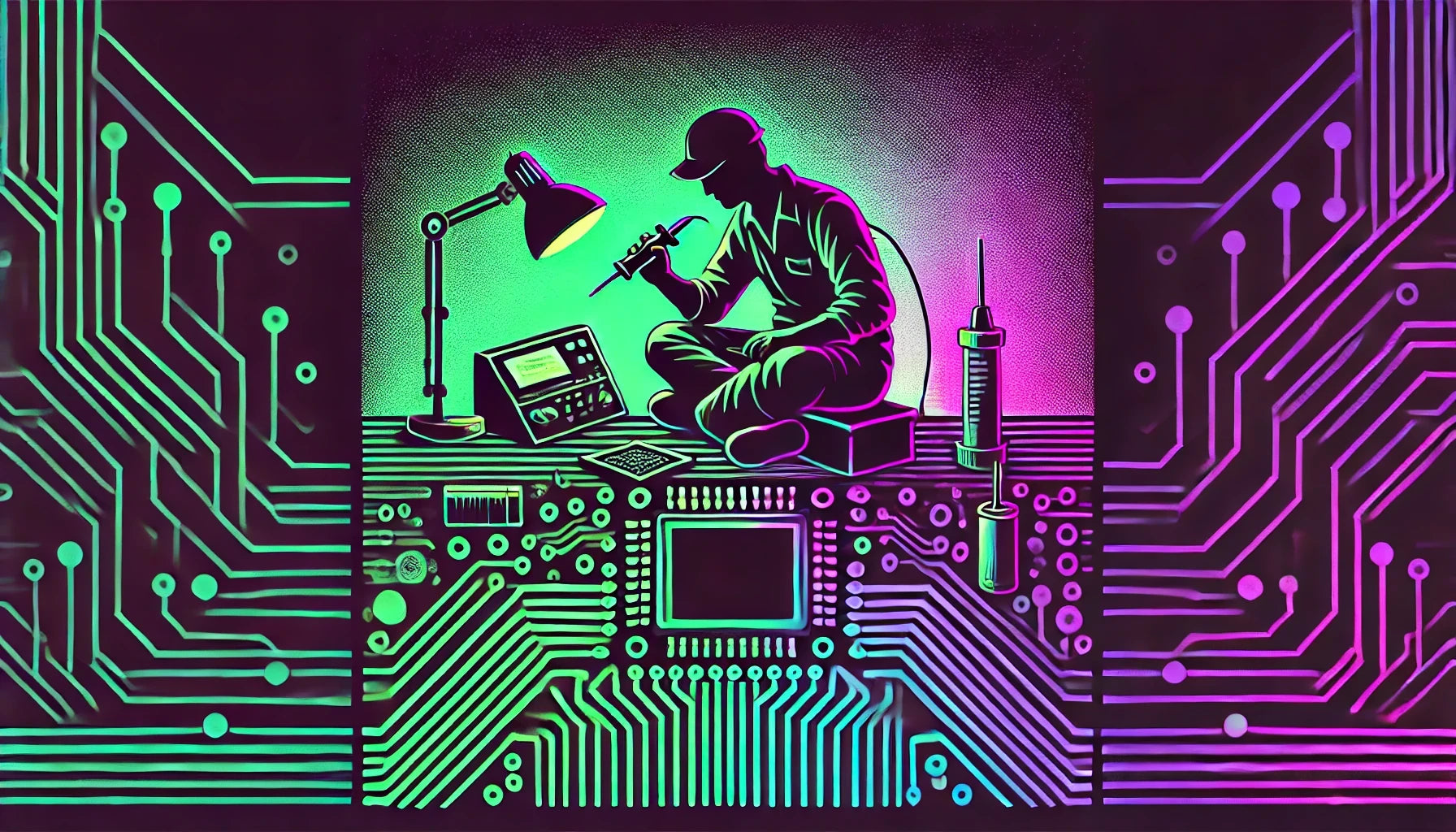Understanding Segmentation Fault in TensorFlow
A 'Segmentation fault' in TensorFlow, as in many other applications, is a critical error caused by accessing memory that the CPU cannot physically access. This typically results from issues like invalid memory access within the TensorFlow computation graph or improper handling of memory that results in a failure.
- Incorrect Memory Access Patterns: TensorFlow operates on a directed acyclic graph of computations where nodes are operations and edges are data dependencies between them. If there are improper memory access patterns, such as writing to memory out of bounds, it may lead to a segmentation fault. This can occur through misuse or misunderstanding of TensorFlow's lower-level APIs.
- Native Code Interaction: TensorFlow is frequently used in conjunction with custom operations or extensions written in C++ or CUDA for better performance. If there are errors in memory management in these native extensions, like forgetting to allocate or release memory, it can result in a segmentation fault. For example, incorrect manipulation of `tensorflow::Tensor` objects in a custom operation may cause memory violations.
- Invalid Pointer Usage: In native code, using pointers incorrectly—such as dereferencing null or invalid pointers—can easily lead to segmentation faults in a TensorFlow program. This often happens when interfacing with low-level components of TensorFlow or its underlying dependencies directly, leading the program to access invalid memory locations.
- Buffer Overflows: When native or custom components allocate buffers for inputs or outputs and these buffers are incorrectly sized, it may result in buffer overflow. This incorrect sizing can lead to writing past the allocated memory and accessing invalid memory regions.
- Incompatible Libraries or Binary Files: TensorFlow depends on a myriad of third-party libraries such as cuDNN, cuBLAS, and others, especially when leveraging GPU acceleration. If these libraries are not appropriately matched with the version of TensorFlow being run, which can result from a mismatch between compiled binary files and the library expectations, segmentation faults can occur.
- Deep Learning Model Size: Extremely large models that do not fit into available memory can exacerbate memory-related issues, leading to segmentation faults. If TensorFlow attempts to allocate more memory than is available on the system, this can result in failures where the memory addresses being accessed do not exist.
- Hardware Related Limitations: Sometimes, segmentation faults are caused by low hardware resource availability or hardware consistency issues, especially when running models on various edge devices or different hardware backends that TensorFlow supports.
These causes highlight the necessity for precise memory management and compatibility considerations when working with TensorFlow, particularly when integrating native customizations or operating near the limits of hardware capabilities. Understanding these potential pitfalls can aid developers in identifying and mitigating segmentation faults effectively within their TensorFlow applications.


























